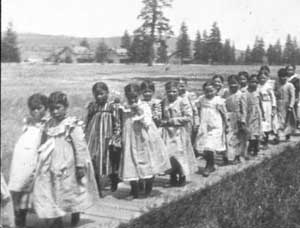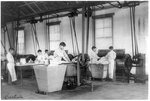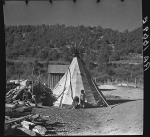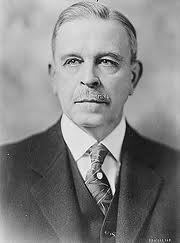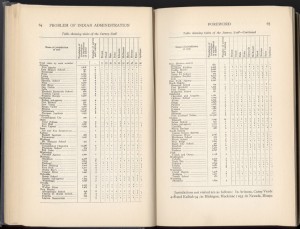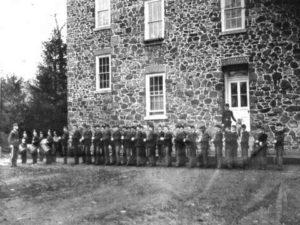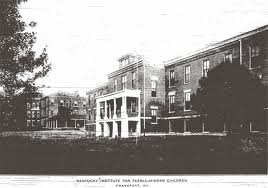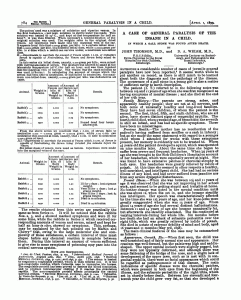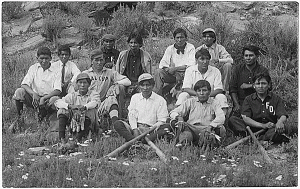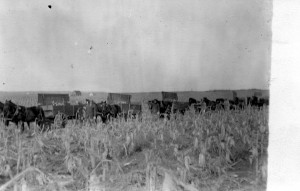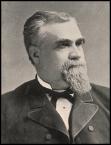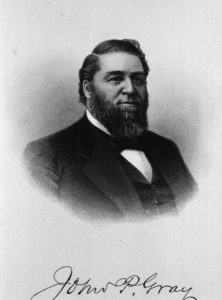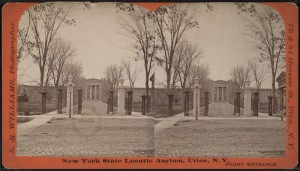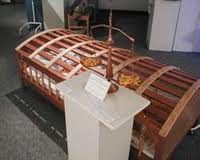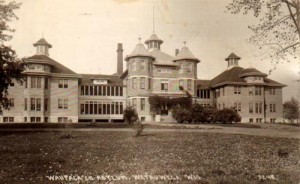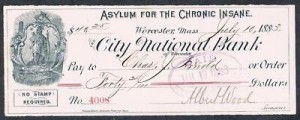The Meriam survey took about a year to complete, and team members visited numerous Indian boarding schools. In general, they found schools overcrowded, the food poor, and child labor rampant. The team also observed that, “In a number of schools the girls sleep at night like prisoners with the windows nailed down and the door to the fire escape locked so that by no chance may boys enter or girls leave the building.”
The Meriam Report concluded that government boarding schools acted against the development of wholesome family life. The original intent of the boarding school system was to educate the children and then absorb them into the white population. The absorption plan failed, but family ties were often broken. “Many children today have not seen their parents or brothers and sisters in years,” said the report.
Interestingly, a report written by assistant commissioner of Indian Affairs, Edgar B. Meritt, in 1926 stated: The Indian Bureau is conducting one of the most efficient school systems among the Indians to be found anywhere in the United States or the civilized world.”
________________________________________________________________________

